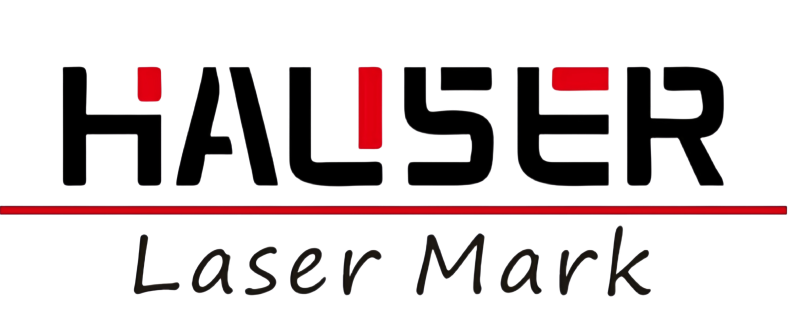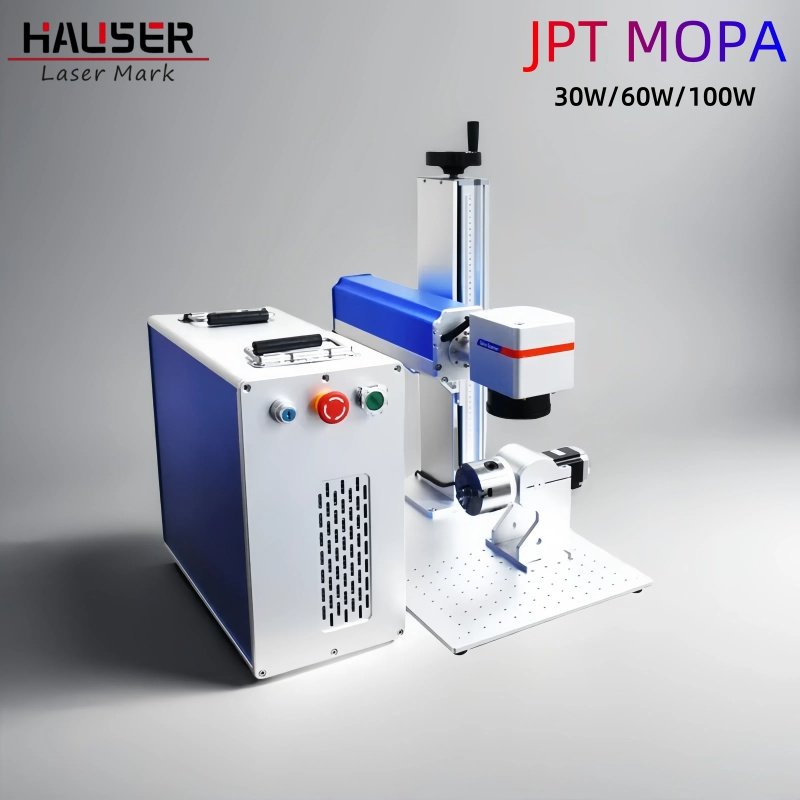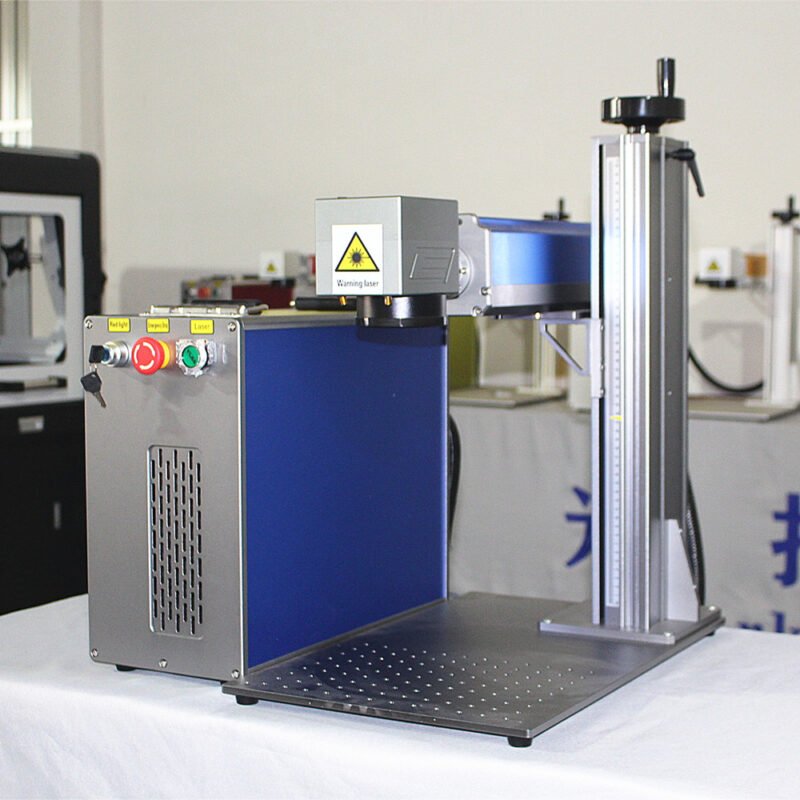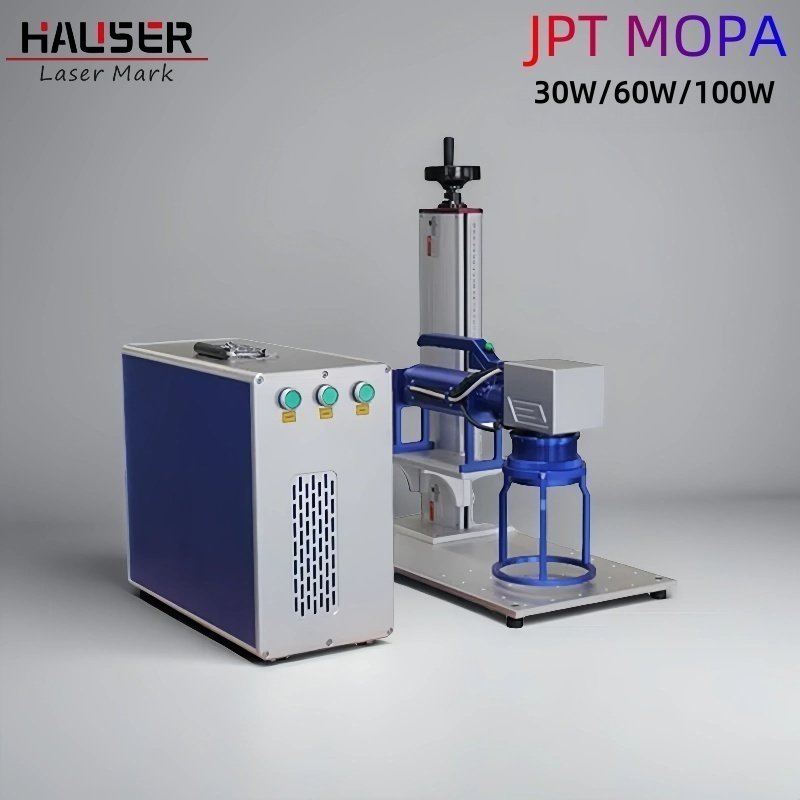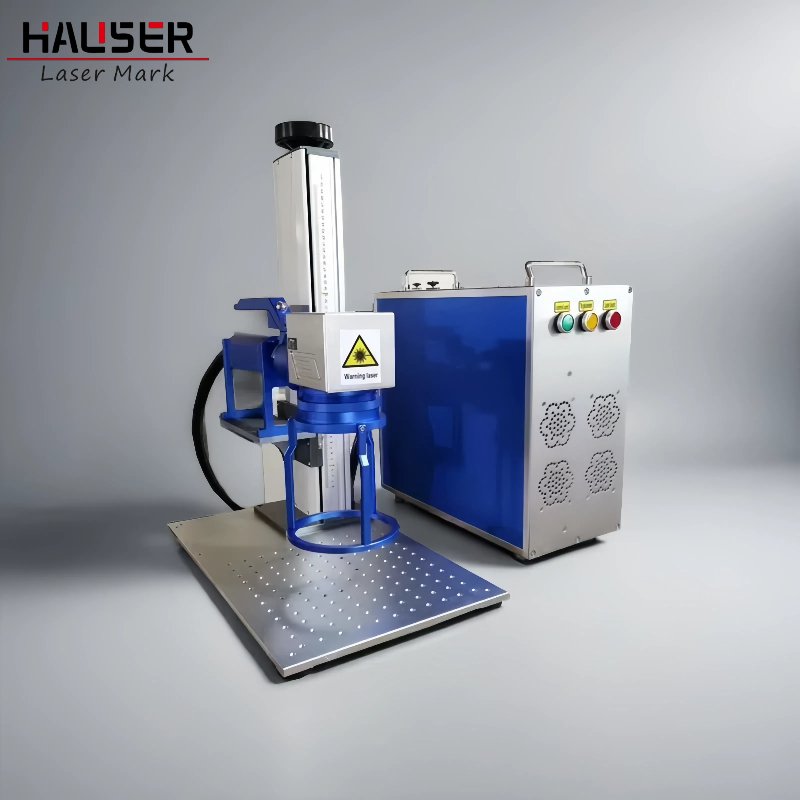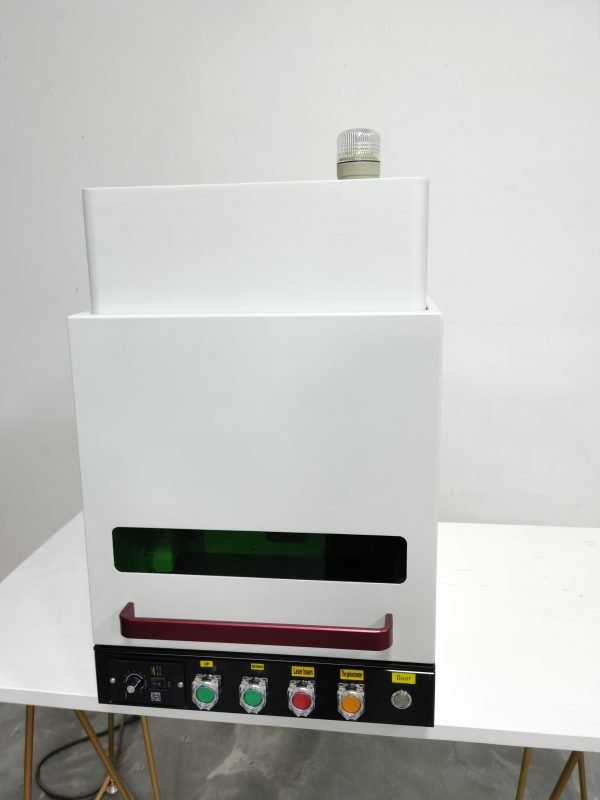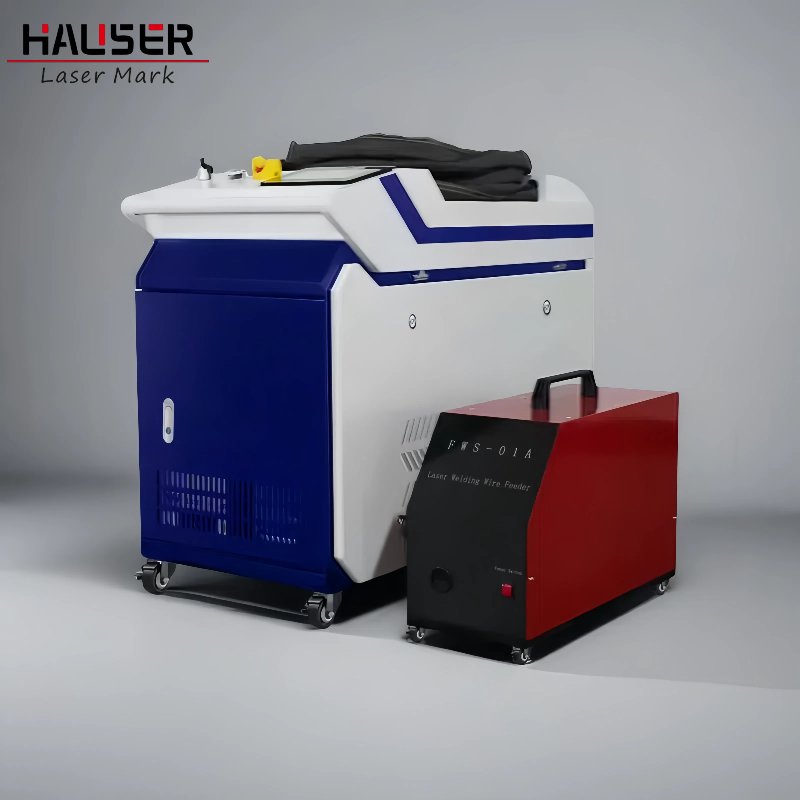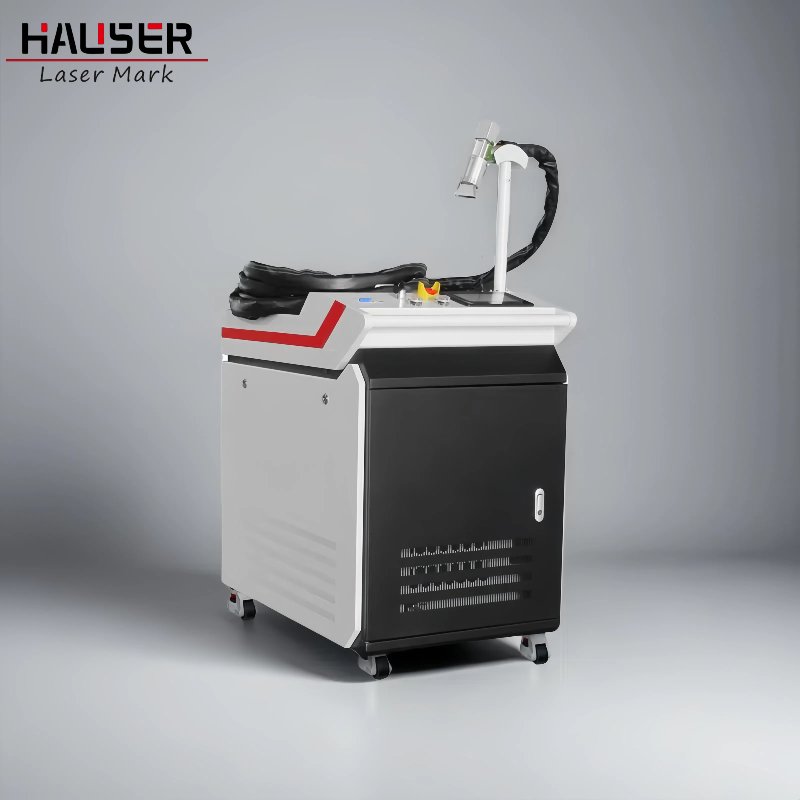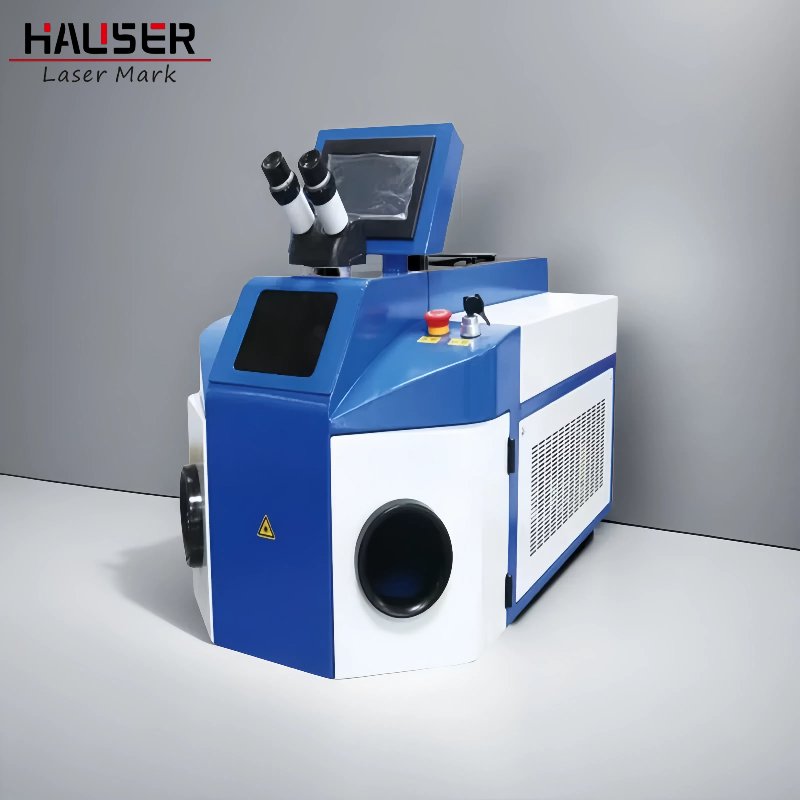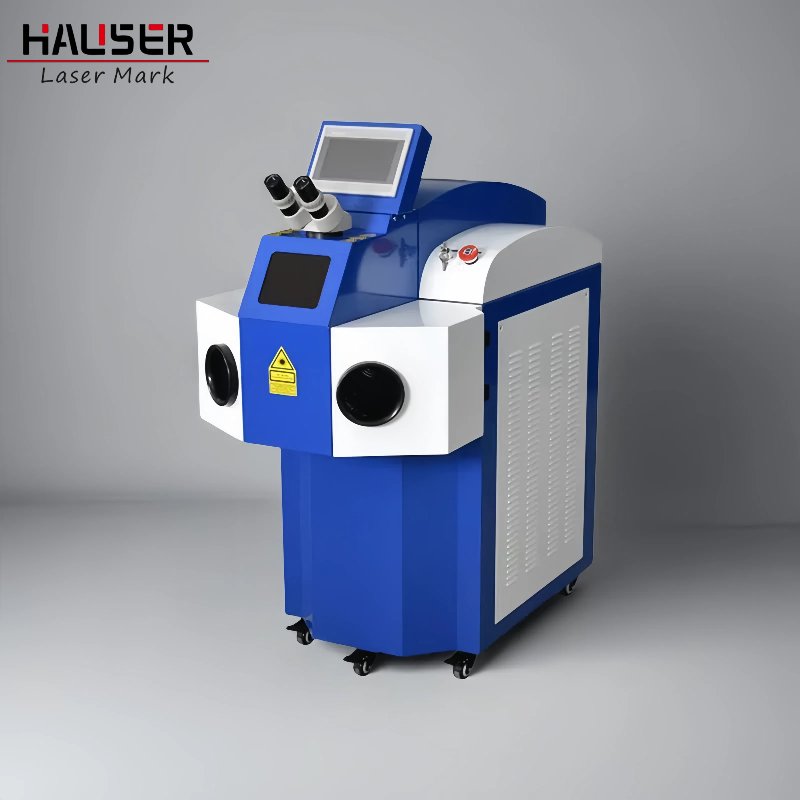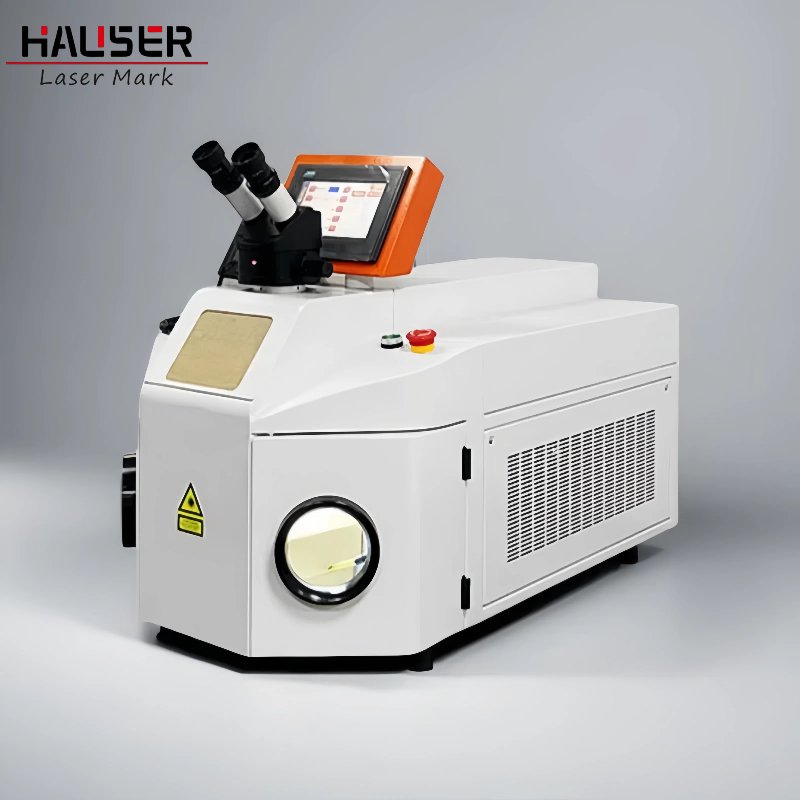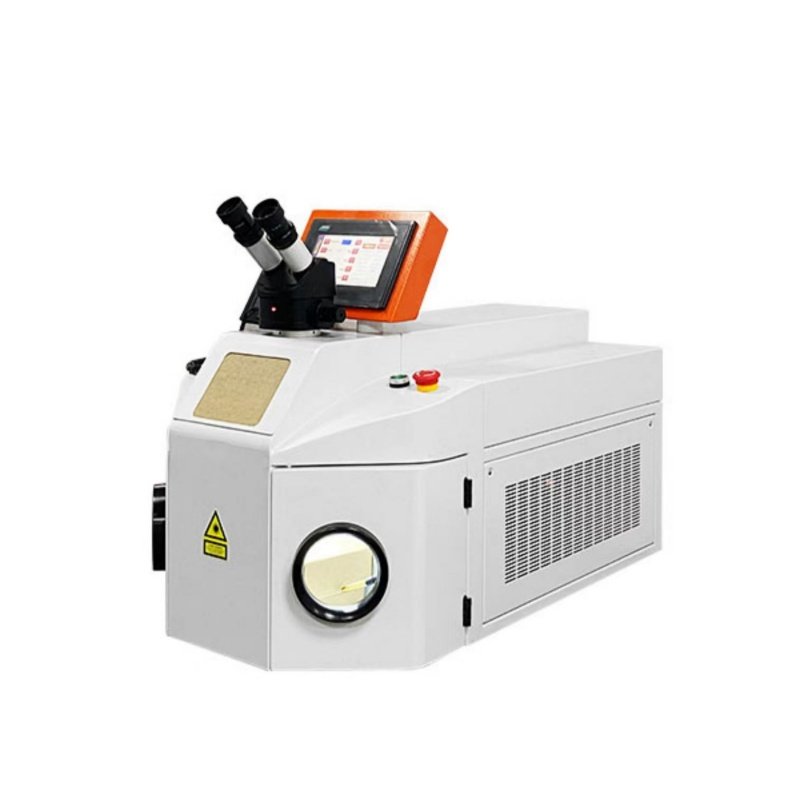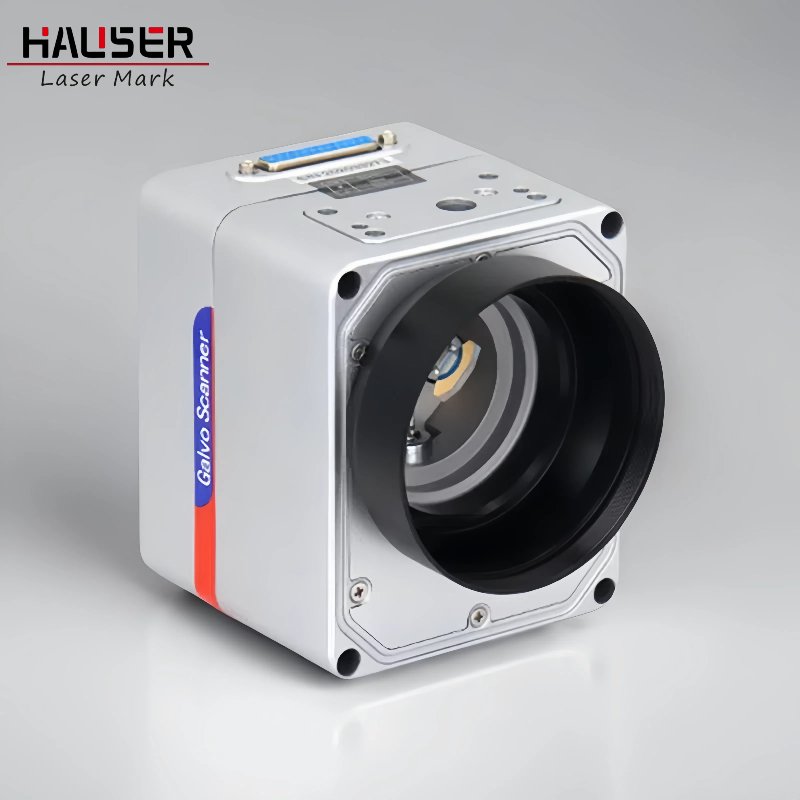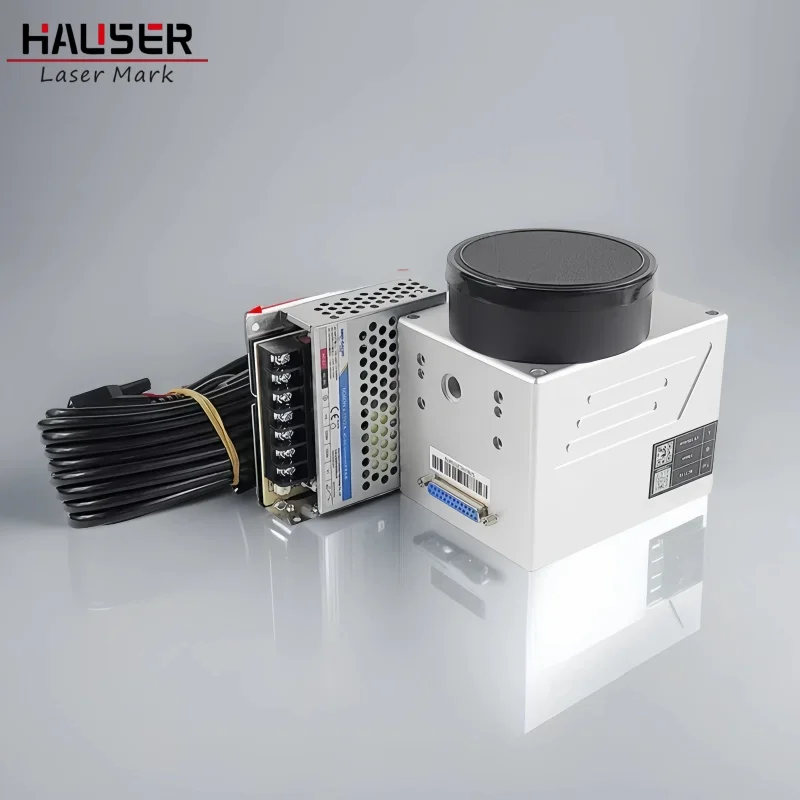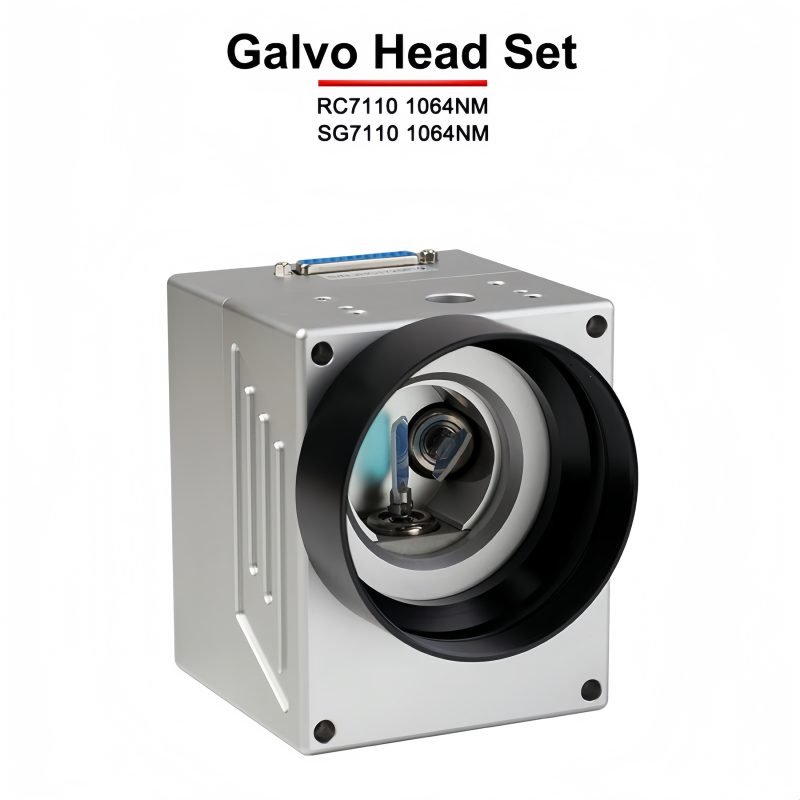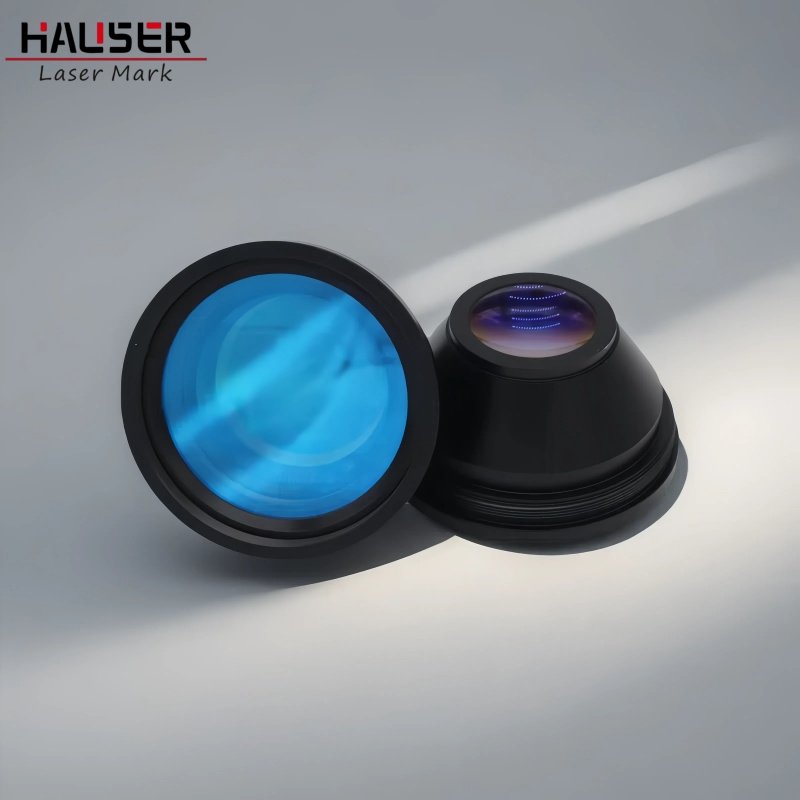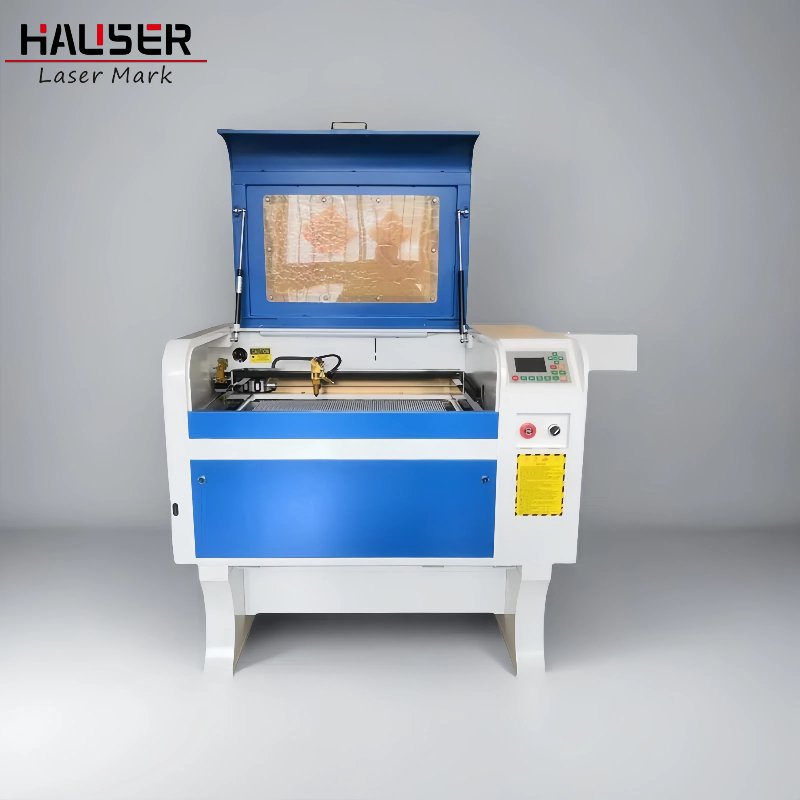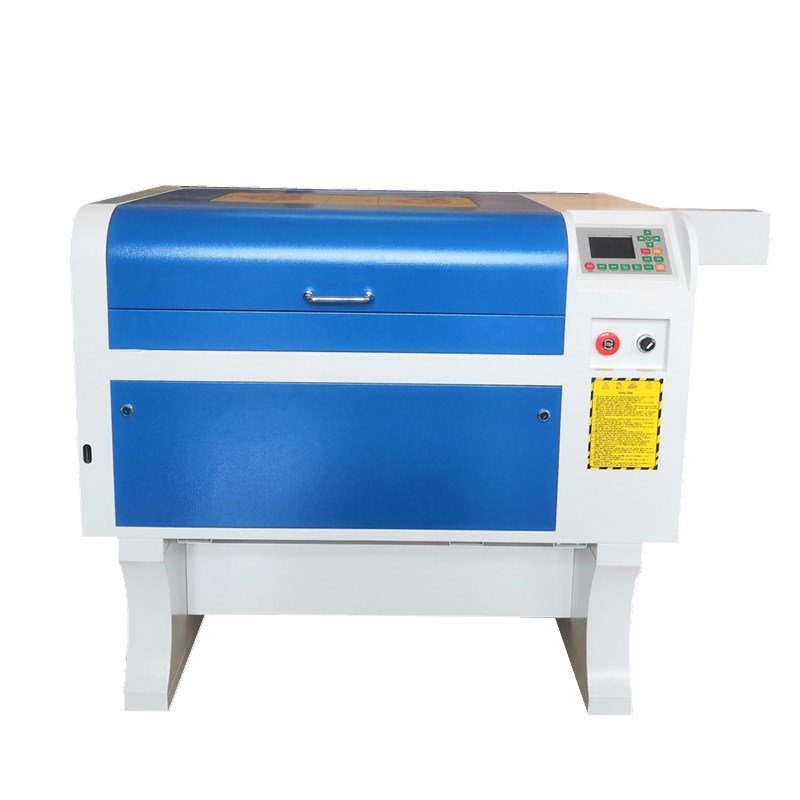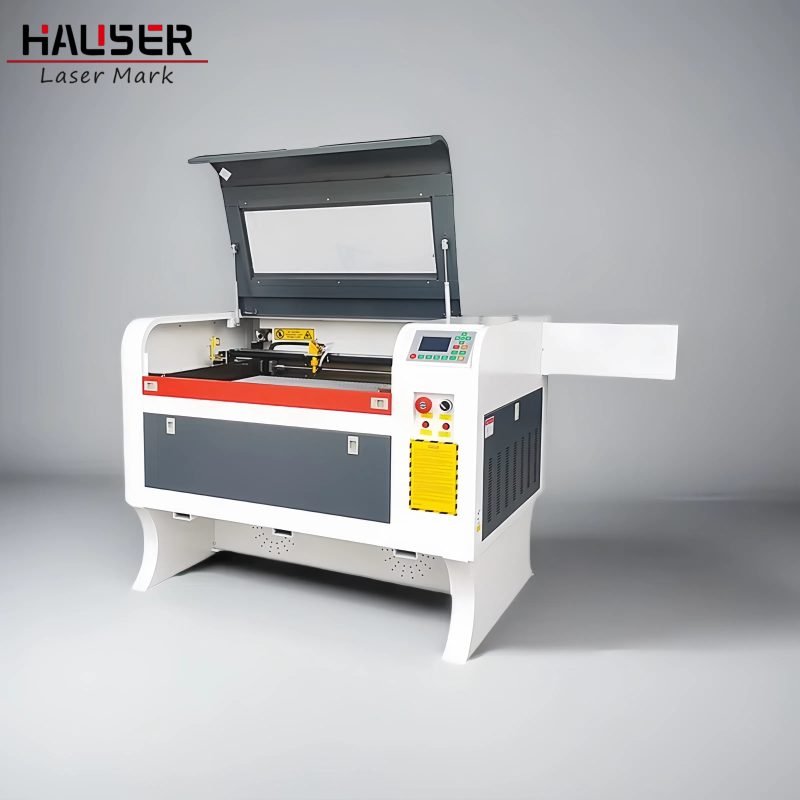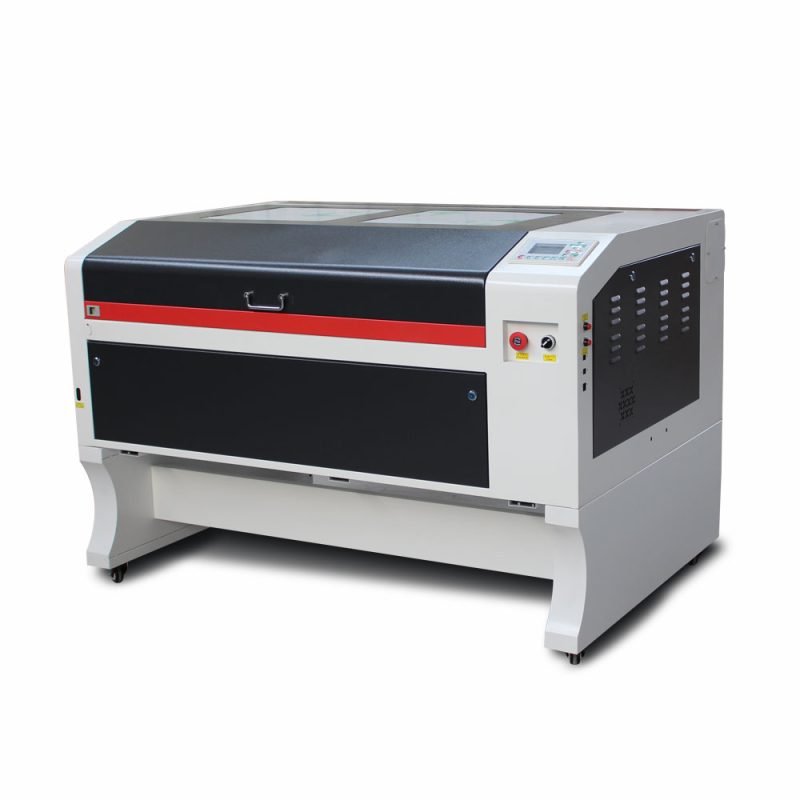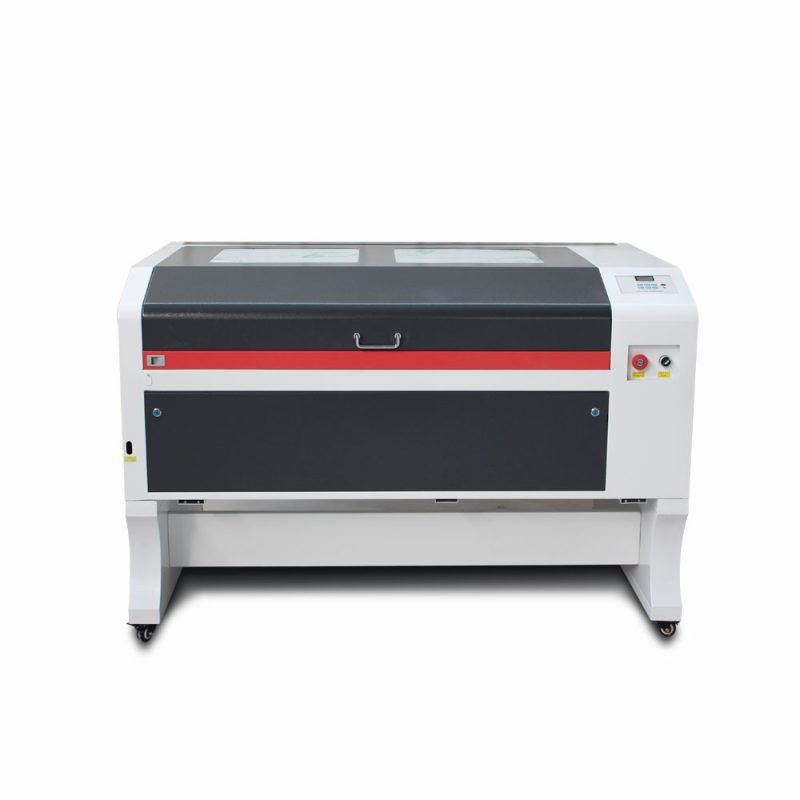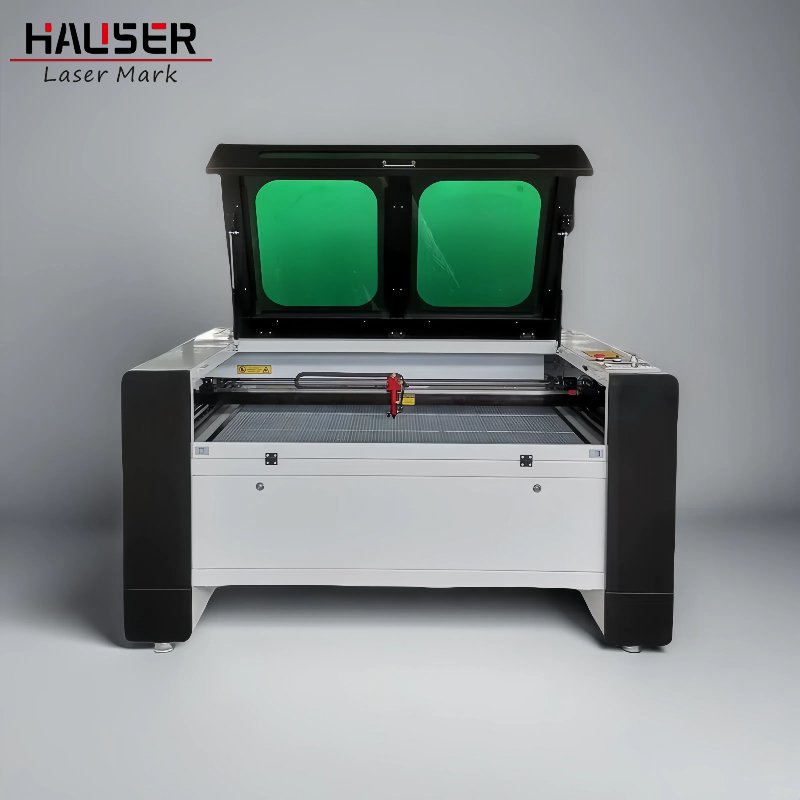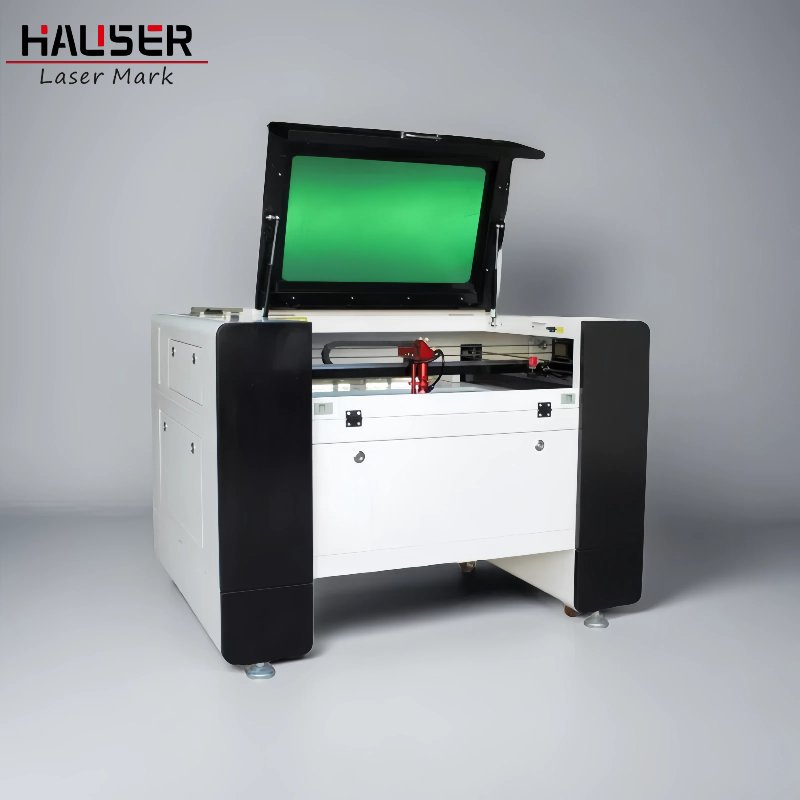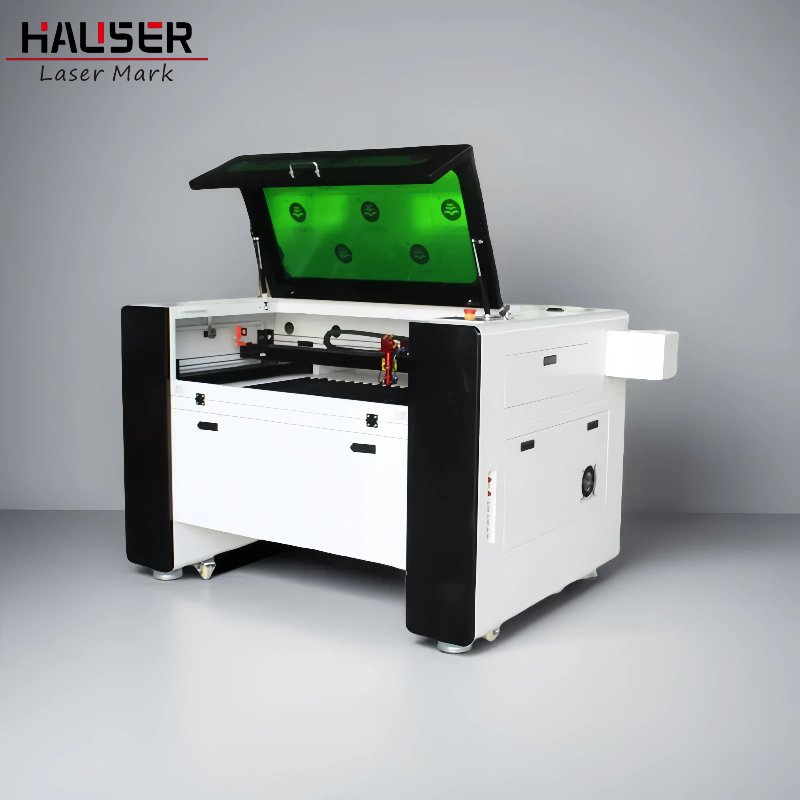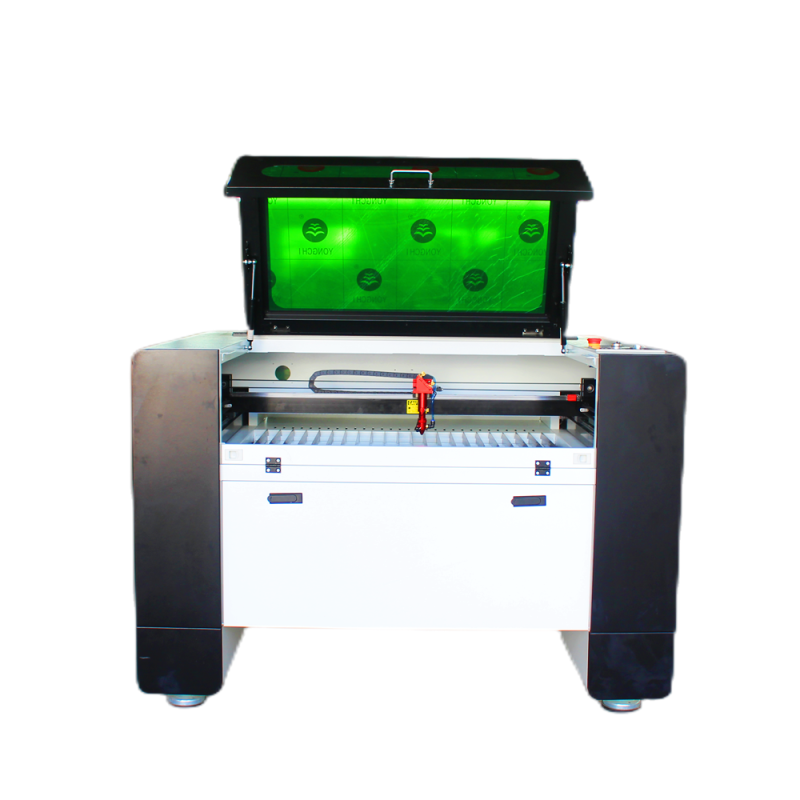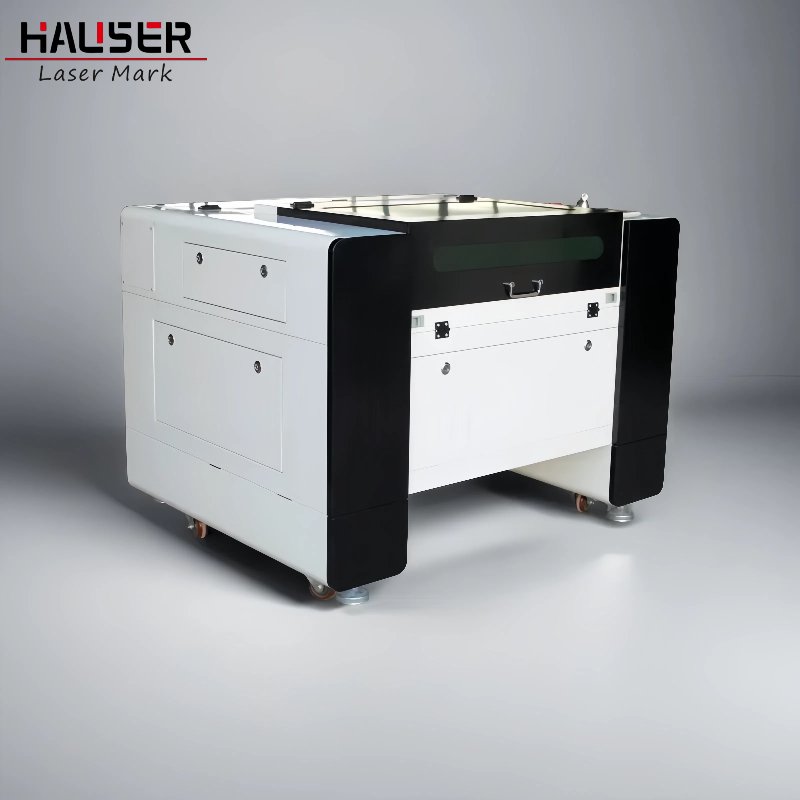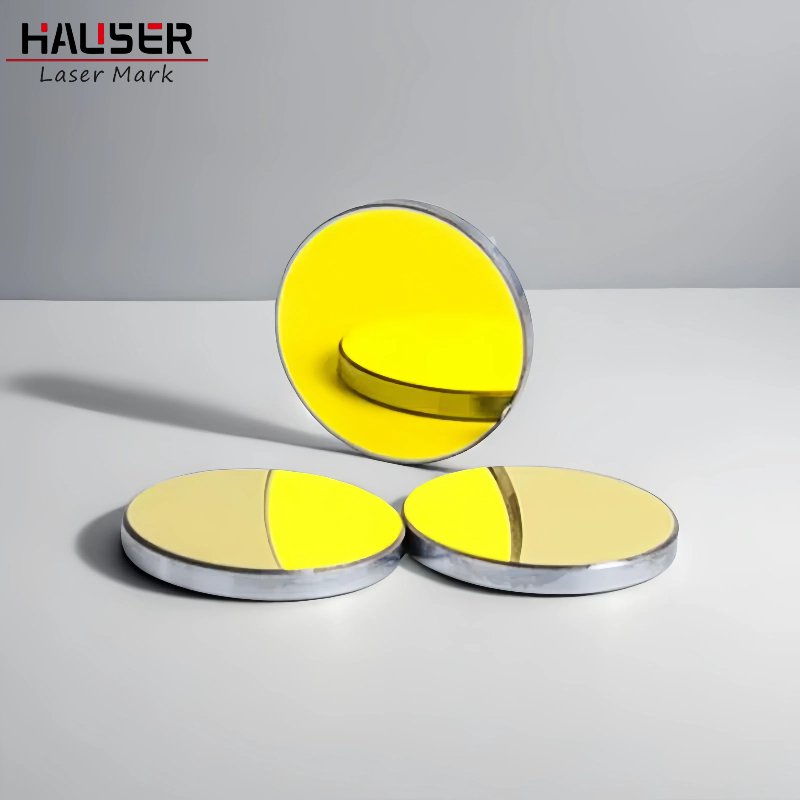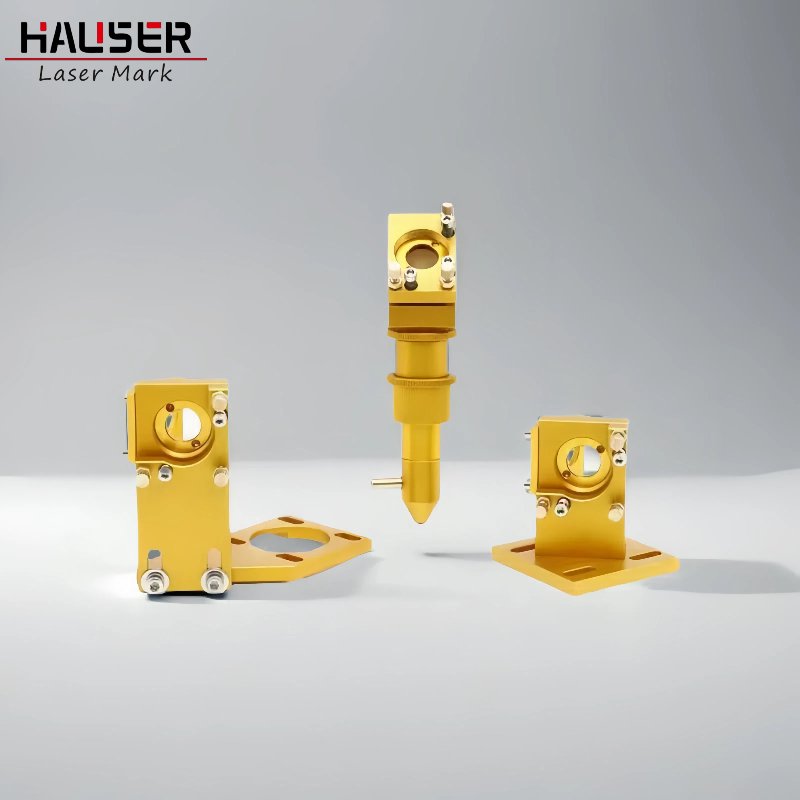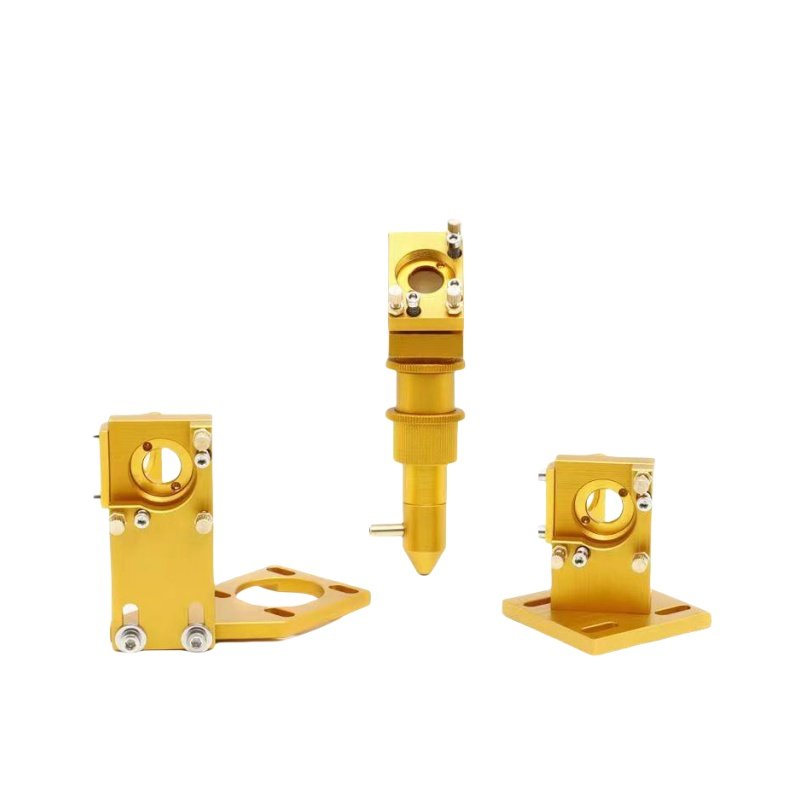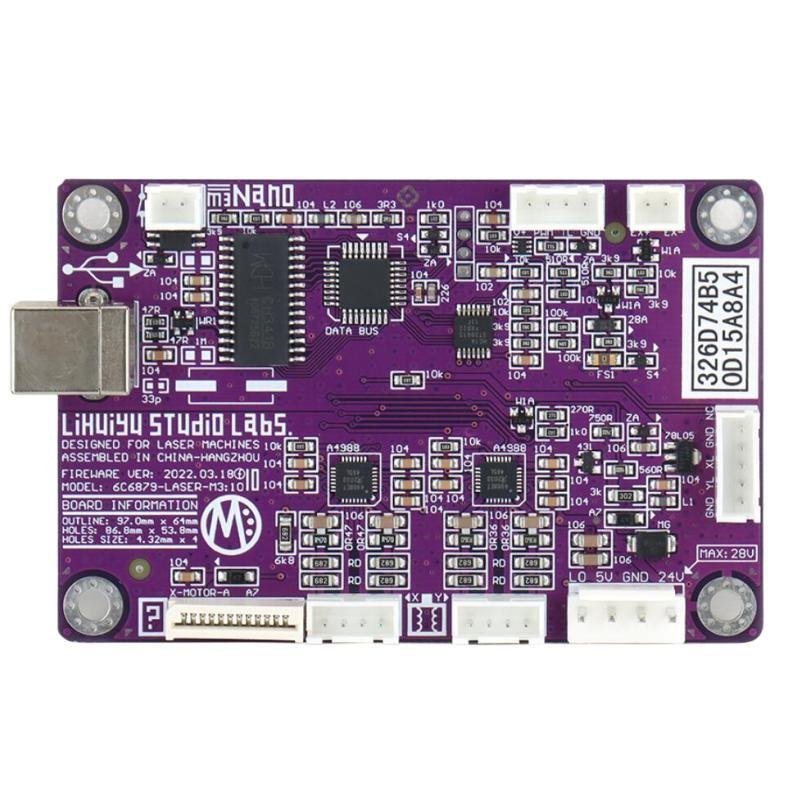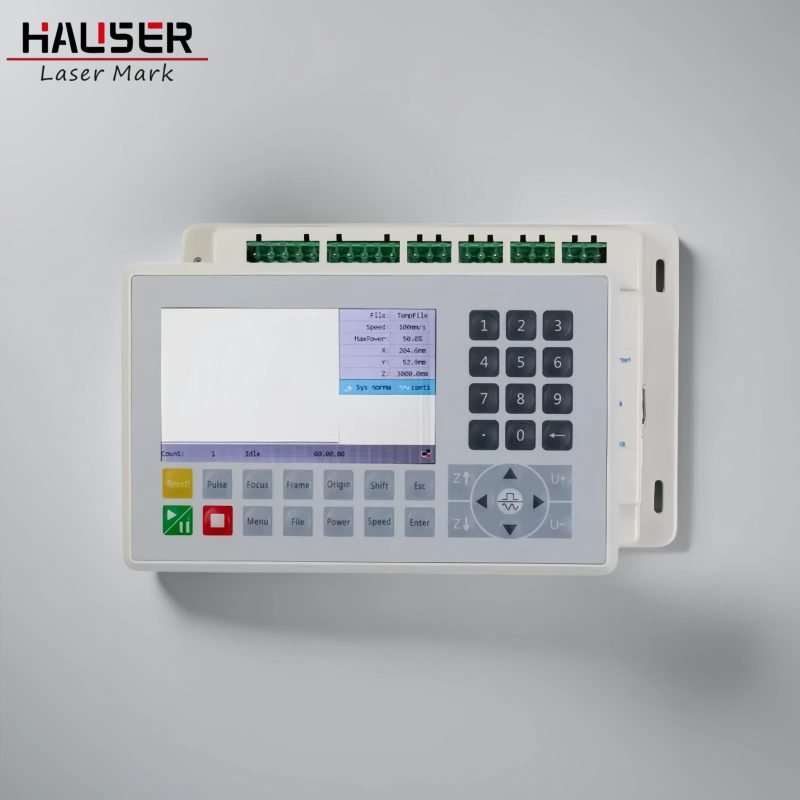What is depth of focus or focus tolerance?
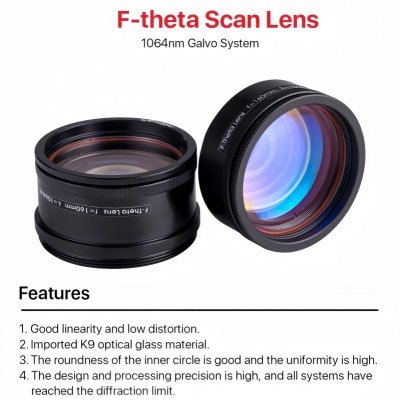
What is Depth of Focus or Focal Length Tolerance?
Depth of focus refers to the distance along the optical axis required by the laser beam to double its focal length area – starting from the focal point in the focal plane. Depth of focus and its basic physical makeup are important in laser technology because they are used to determine the appropriate lens for the application.
Effect of focusing tolerance on the laser beam
For example, the wavelength is 1064nm
The F-theta lens laser beam diameter: 7mm Beam quality: 1.3 square meters
| Focal length (F-theta lens) | The area where the laser beam is focused | Focal length tolerance |
| 100 | 0.025微米 | 0.165 毫米 |
| 163 | 0.041微米 | 0.438 毫米 |
| 210 | 0.053微米 | 0.726 毫米 |
| 254 | 0.063微米 | 1.063 毫米 |
| 330 | 0.083微米 | 1.794 毫米 |
| 420 | 0.105微米 | 2.905 毫米 |
The meaning of the focus tolerance is that, within this certain range of values, theoretically, the carved object cannot clearly distinguish the fluctuations of the marking line with the naked eye. It is useful when carving items with slight fluctuations or a certain arc. We can achieve it within a certain range by replacing the large lens.
Similarly, small lenses are more sensitive to focal length and have more delicate marking lines. Large lenses have a greater depth of focus, but the lines of the markers are also thicker.
Of course, focal length tolerance is only a reference factor when choosing the right F-theta lens.
In general, the larger the focal length of an F-theta lens, the larger the engraving format, the larger the focused spot, and the smaller the pulse energy density.
The attenuation of laser energy in the air is very severe. In this way, the larger the focal length, the greater the laser energy loss, and the thicker and shallower the engraved lines. When it reaches a certain range, your item may not be able to be marked or may not have depth. In this case, be sure to choose a higher power laser to match it.
On the contrary, it does not meet the engraving requirements.
In addition, the focal length is shorter, the focal difference is smaller, and the surface flatness of the carving is more demanding. As a result, the surface of a wavy or cylindrical curved object is not suitable for a short focal length F-theta lens.
Therefore, you need to choose the most suitable F-theta lens for different processing areas and item shapes, or stock up on several F-theta lenses with different scanning ranges.
